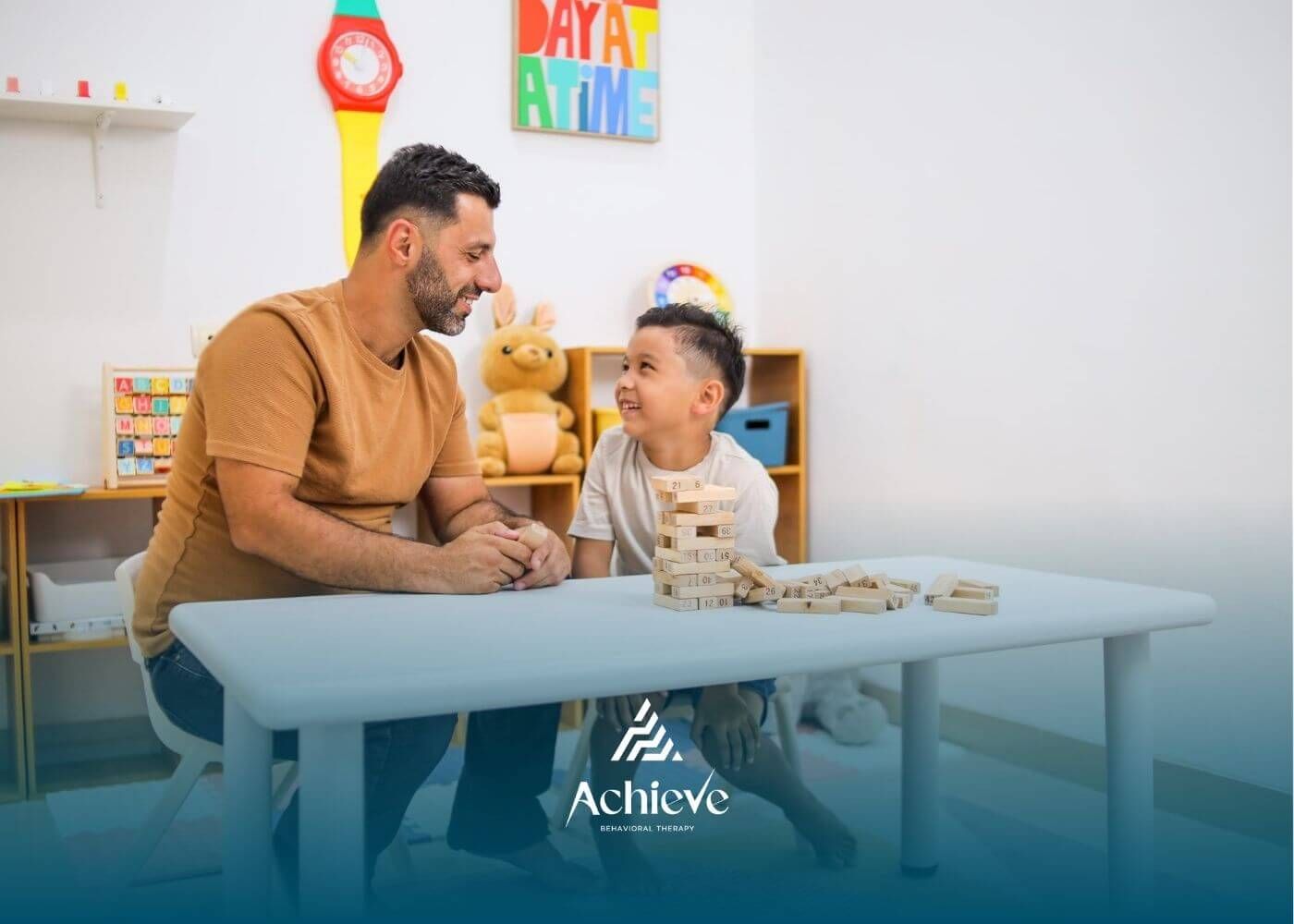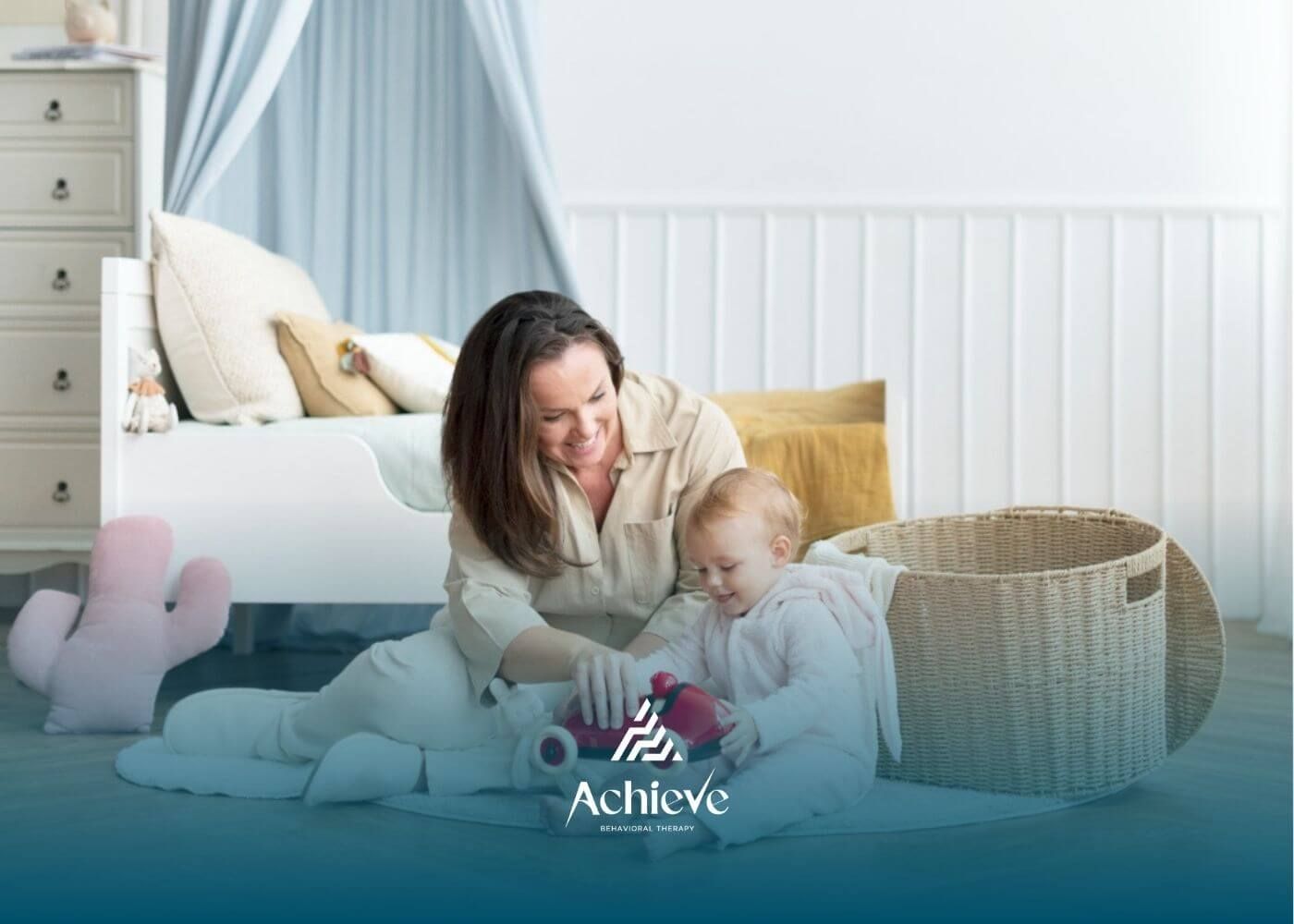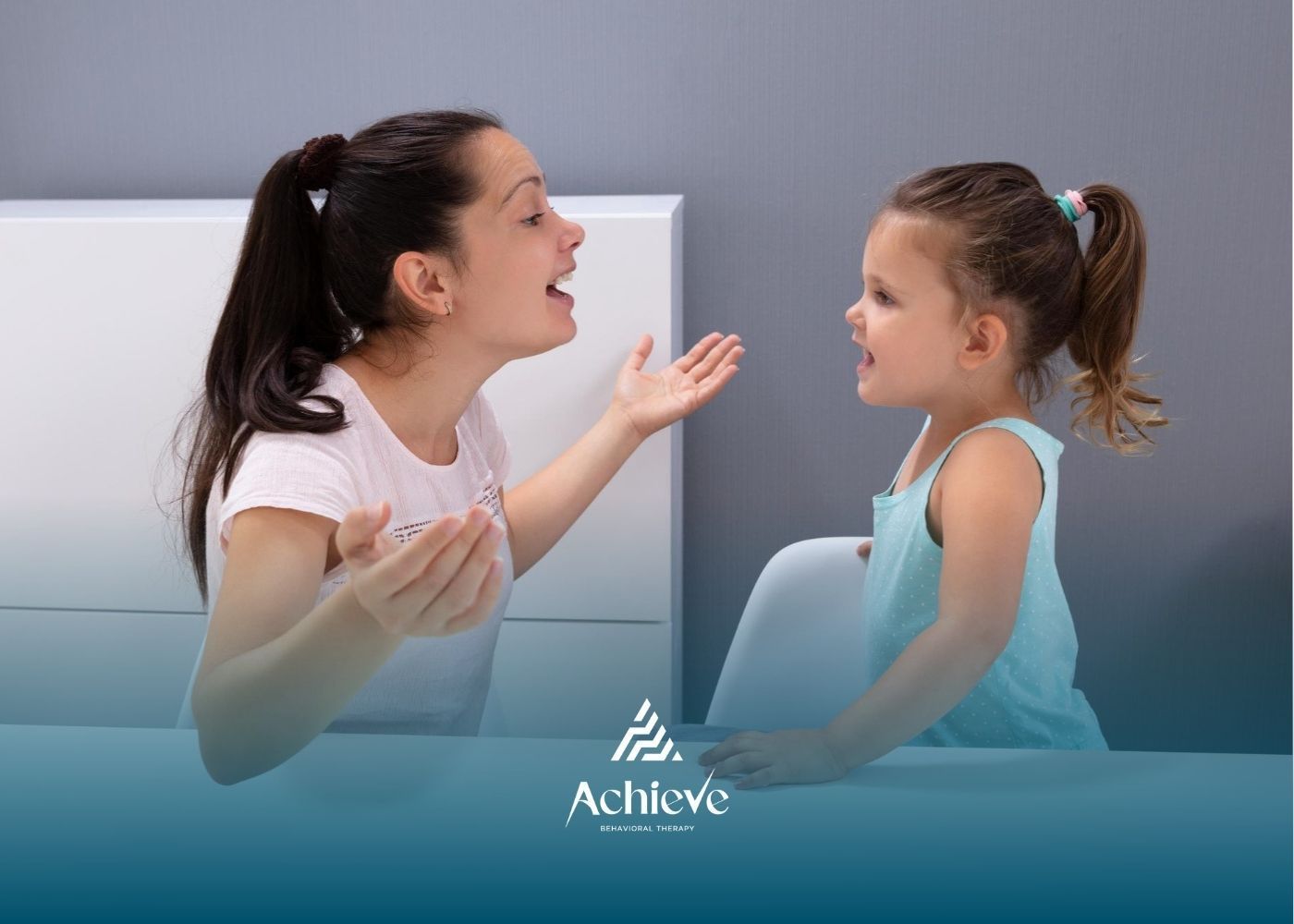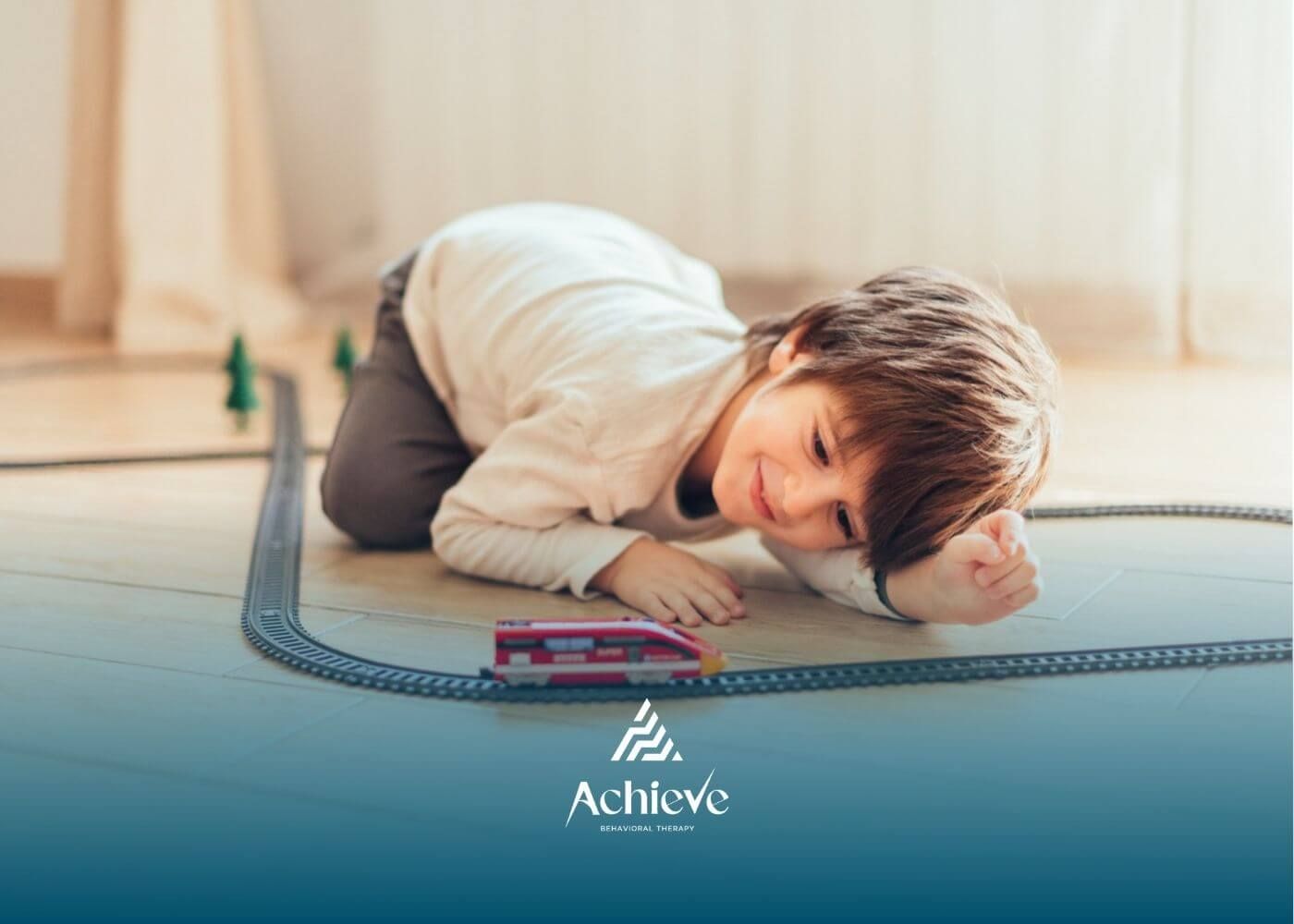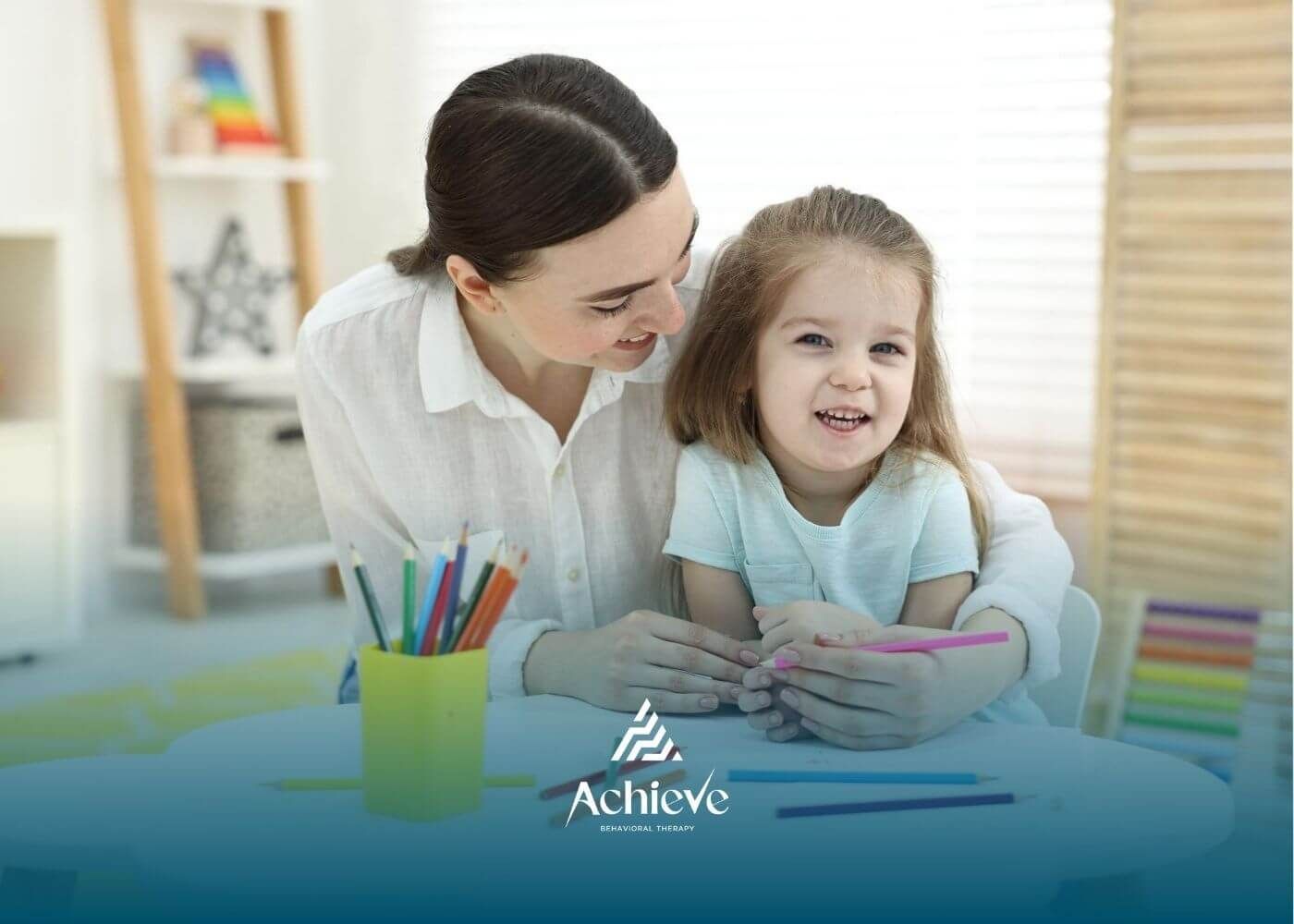ABA Therapy 101: Understanding the Three Basic Principles of Behavior

Applied Behavior Analysis (ABA) therapy might sound technical, but at its core, it’s based on a few simple ideas about how people learn and grow. Whether it’s helping a toddler communicate, supporting a teen with social skills, or building independence, these principles guide everything therapists do.
Once you understand them, ABA starts to feel less like a science and more like a roadmap for everyday learning.
ABA therapy focuses on behavior — what we do, why we do it, and how our actions are shaped by what happens around us. Every skill, from saying a word to tying a shoe, follows the same pattern. That pattern is called the ABC model — Antecedent, Behavior, and Consequence.
Antecedent: What Happens Before
The antecedent is whatever comes right before a behavior. Think of it as the “trigger” or “cue.” It could be a request, a sound, a toy, or even an emotion.
For example:
- A parent says, “Time to clean up!”
- A teacher gives a direction.
- A child sees a favorite snack on the table.
By paying attention to what happens before a behavior, ABA therapists can understand what sets it off — and use that insight to guide better outcomes.
Behavior: The Action
The behavior is the action that follows — the thing you can actually see or hear. Maybe a child starts cleaning up, asks for help, or refuses to move. ABA doesn’t label these actions as “good” or “bad.” Instead, therapists treat behavior as information — a clue about what the child needs or feels.
Consequence: What Happens After
The consequence is what happens immediately after the behavior. This step matters because it determines whether the behavior will happen again.
Consequences might look like:
- Praise or high-fives after following a direction
- Getting access to a favorite toy
- No response if the behavior isn’t helpful or safe
When done right, ABA focuses on positive reinforcement — encouraging the actions we want to see more often. Over time, that’s what helps kids learn, grow, and feel proud of their progress.
Why These Three Principles are Important
These simple steps — antecedent, behavior, consequence — form the backbone of every ABA session. Therapists use them to understand what drives behavior and how to replace challenges with new, helpful skills.
For families, it’s empowering to see that behavior isn’t random. It’s communication. And when you know how to read it, you can guide your child toward success in ways that feel natural and kind.
At Achieve ABA, these principles come to life every day. Our therapists take time to understand each child’s strengths, challenges, and personality — building learning experiences that truly connect.
We offer:
- In-home ABA therapy where learning happens in a comfortable, familiar space
- School-based ABA therapy that supports children in their classroom environment
- Telehealth ABA therapy for flexible, convenient care
Achieve ABA proudly serves families across New Jersey and North Carolina.
If you’re ready to see how these principles can bring real growth and joy to your child’s journey, contact Achieve ABA today.
FAQs
Why are these three ABA principles so important?
They help therapists and families understand what leads to certain behaviors — and how to use that insight to encourage positive change.
What’s the main goal of ABA therapy?
To teach meaningful, real-life skills that help kids communicate, connect, and feel confident.
Can parents use ABA principles at home?
Definitely. Once you understand how the ABCs of behavior work, you can use them in everyday routines to encourage good habits and communication.
Sources:
- https://www.healthline.com/health/abc-model
- https://www.in.gov/fssa/ddars/files/AssistedSupports_BS_BT_ABC_V2.pdf
- https://www.autismparentingmagazine.com/aba-principles/
- https://www.autismspeaks.org/applied-behavior-analysis
- https://www.umassglobal.edu/blog-news/applied-behavior-analysis-exploring-aba-therapy-careers
Need Support?
We're Here to Help!
Our experienced team is ready to assist you. Reach out today to discuss how we can support your child's development and well-being.
Get started with expert ABA therapy today.




